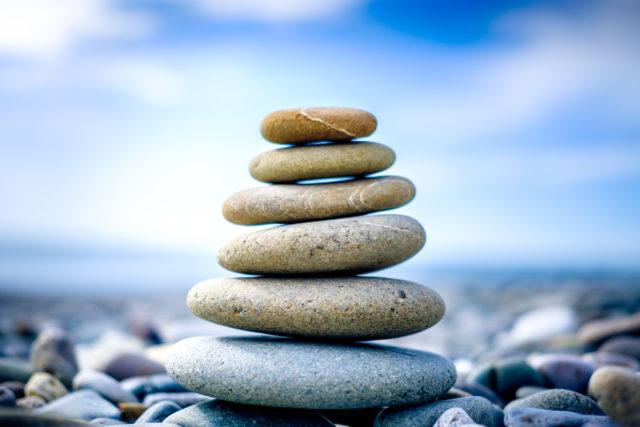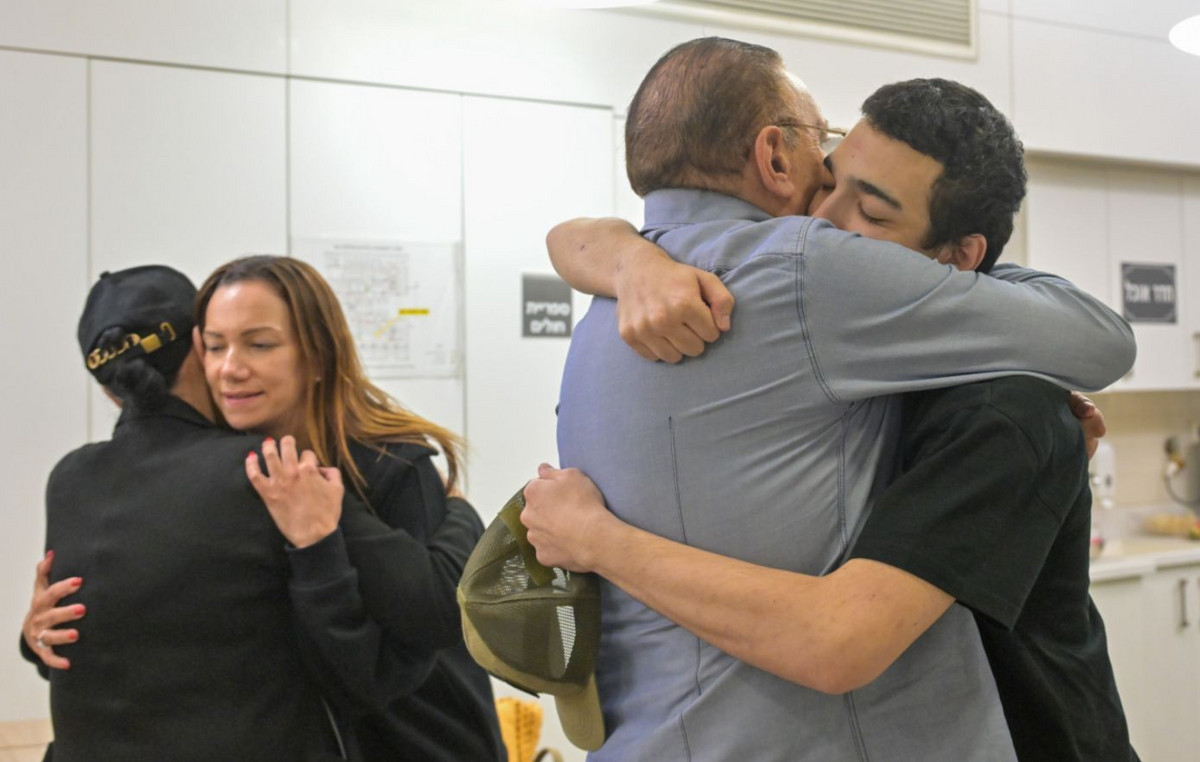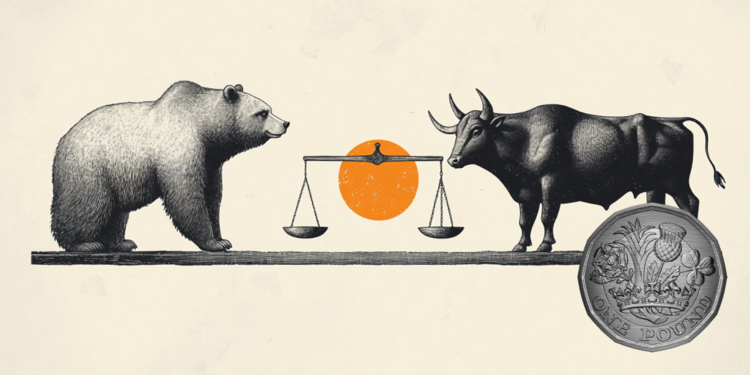Falling asleep or reducing anxiety may never be as easy as counting 1-2-3, but some experts are betting that a different set of numbers – 4-7-8 – comes much closer to making the magic happen.
THE The 4-7-8 technique is a relaxation exercise that involves breathing in for four counts, holding your breath for seven counts, and exhaling for eight counts. said Raj Dasgupta, an associate clinical professor of medicine at the University of Southern California in the United States, via email.
Also known as “relaxing breathing”, the 4-7-8 has ancient roots in the pranayama which is the practice of yoga for breathing regulation, but was popularized by integrative medicine expert Andrew Weil in 2015.
“A lot of sleep difficulties consist of people struggling to fall asleep because their mind is racing,” said Rebecca Robbins, an instructor of medicine at Harvard Medical School and an associate scientist in the division of sleep and circadian disorders at Brigham and Women’s Hospital in Boston. “But exercises like the 4-7-8 technique give you the opportunity to practice being at peace. And that’s exactly what we need to do before we go to bed.”
“It doesn’t ‘make you sleep,’ but it can reduce anxiety to make you more likely to fall asleep,” said Joshua Tal, a clinical psychologist in New York State.
How the 4-7-8 method works
The 4-7-8 method doesn’t require any specific equipment or setup, but when you’re initially learning the exercise, you should sit with your back straight, according to Weil. Practicing in a quiet, peaceful place can help, Rebecca said. Once you get the hang of it, you can use the technique while lying in bed.
Throughout the practice, place the tip of the tongue against the crest of tissue behind the upper front teeth as you exhale through the mouth around the tongue. Then follow these steps, according to Weil:
- Exhale completely through your mouth, making a whoosh sound.
- Close your mouth and inhale silently through your nose to a mental count of four.
- Hold your breath counting to seven
- Exhale through your mouth, making a whoosh sound while counting to eight.
- Repeat the process three more times for a total of four breath cycles.
- Keeping the ratio of four, then seven, and eight counts is more important than the time you spend on each stage, according to Weil.
“If you have trouble holding your breath, speed up the exercise but keep the ratio (consistent) for the three phases. With practice, you can slow it all down and get used to breathing in and out more and more deeply.”
What research shows
When you’re stressed, your sympathetic nervous system — responsible for your fight-or-flight response — is overly active, which makes you feel overstimulated and not ready to relax and transition into sleep, Dasgupta said. “An active sympathetic nervous system can cause a rapid heart rate as well as rapid, shallow breathing.”
Practicing 4-7-8 breathing can help activate your parasympathetic nervous system — responsible for rest and digestion — which reduces sympathetic activity, he added, putting the body in a more conducive state for restful sleep. Activating the parasympathetic system also gives the anxious brain something to focus on other than “why am I not sleeping?” said Tal.
While experts are categorical about the method, more research is needed to establish clearer associations between 4-7-8 and sleep and other health benefits, he added.
“There is some evidence that 4-7-8 breathing helps reduce anxiety, depression and insomnia symptoms when comparing pre- and post-intervention, however, there are no large randomized controlled trials specifically on 4-7-8 breathing , as far as I know,” Tal said. “Research on (the effect of) diaphragmatic breathing on these symptoms is generally patchy, with no clear connection due to the poor quality of studies.”
A team of researchers based in Thailand studied the immediate effects of 4-7-8 breathing on heart rate and blood pressure among 43 healthy young adults. After the participants had these health factors and their fasting blood glucose measured, they took 4-7-8 breaths for six cycles per set for three sets, interspersed with one minute of normal breathing in between. The researchers found that the technique improved the participants’ heart rate and blood pressure, according to a study published in July.
“If you’re doing some of these activities, what we see is an increase in the amplitude of theta and delta (brain) waves, which indicate that you’re in the parasympathetic state,” Robbins said. “Slow breathing like the 4-7-8 technique reduces the risk of cardiovascular disease and type 2 diabetes and improves lung function.”

What to expect
The 4-7-8 technique is relatively safe, but if you’re a beginner, you might feel a little dizzy at first, Dasgupta said.
“Normal breathing is a balance between breathing in oxygen and breathing out carbon dioxide. When you upset that balance by exhaling more than you inhale, (it) causes a rapid reduction in carbon dioxide in the body,” he said. “Low levels of carbon dioxide lead to narrowing of the blood vessels that supply blood to the brain. This reduction in blood supply to the brain leads to symptoms such as dizziness. This is why it is often recommended to start slowly and practice three to four cycles at a time until you are comfortable with the technique.”
The more you practice the 4-7-8 technique, the better you’ll become, and the more your body and mind will incorporate it into their usual list of tools for managing stress and anxiety, Dasgupta said. Some people combine this method with other relaxation practices, such as progressive muscle relaxation, yoga, mindfulness, or meditation.
Unmanaged stress can show up in the form of sleep difficulties, Rebecca said. “But when we can manage our stress throughout the day (and) implement some of these breathing techniques, we can put ourselves in the driver’s seat instead of falling victim to events that happen in our lives.”
Source: CNN Brasil
I am an experienced journalist and writer with a career in the news industry. My focus is on covering Top News stories for World Stock Market, where I provide comprehensive analysis and commentary on markets around the world. I have expertise in writing both long-form articles and shorter pieces that deliver timely, relevant updates to readers.







